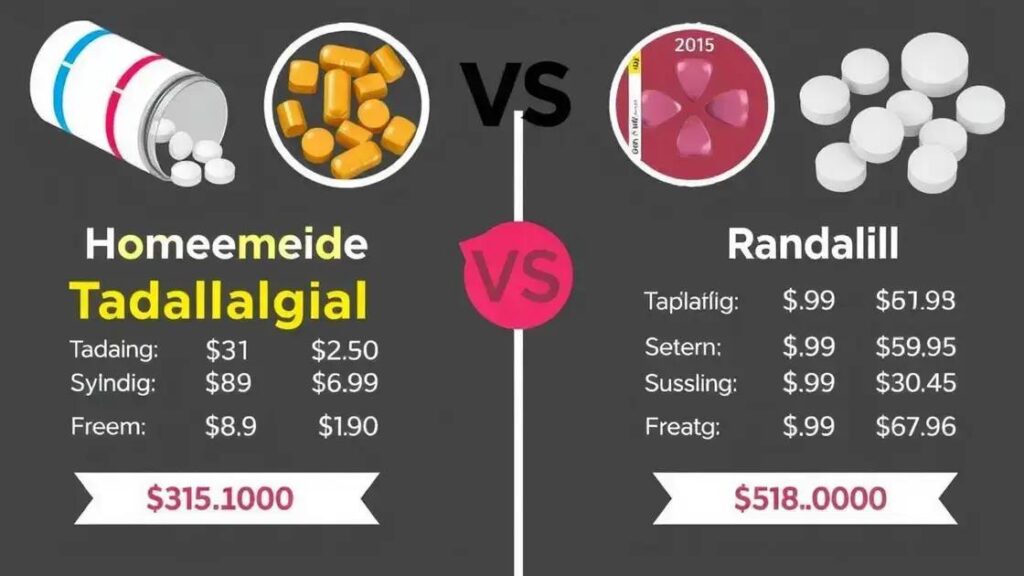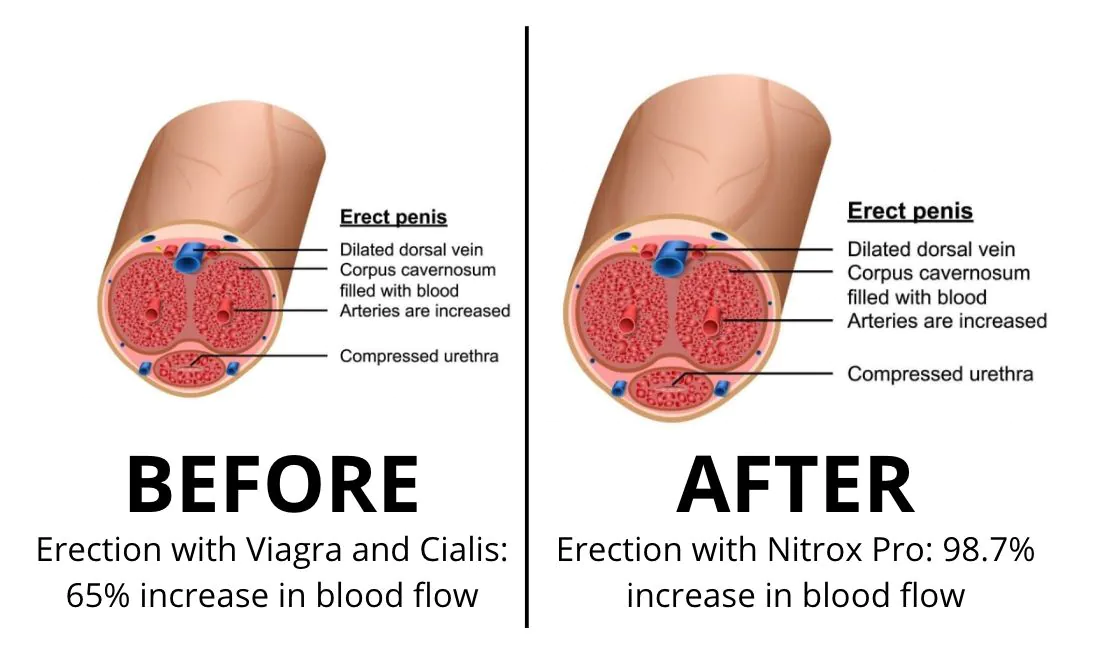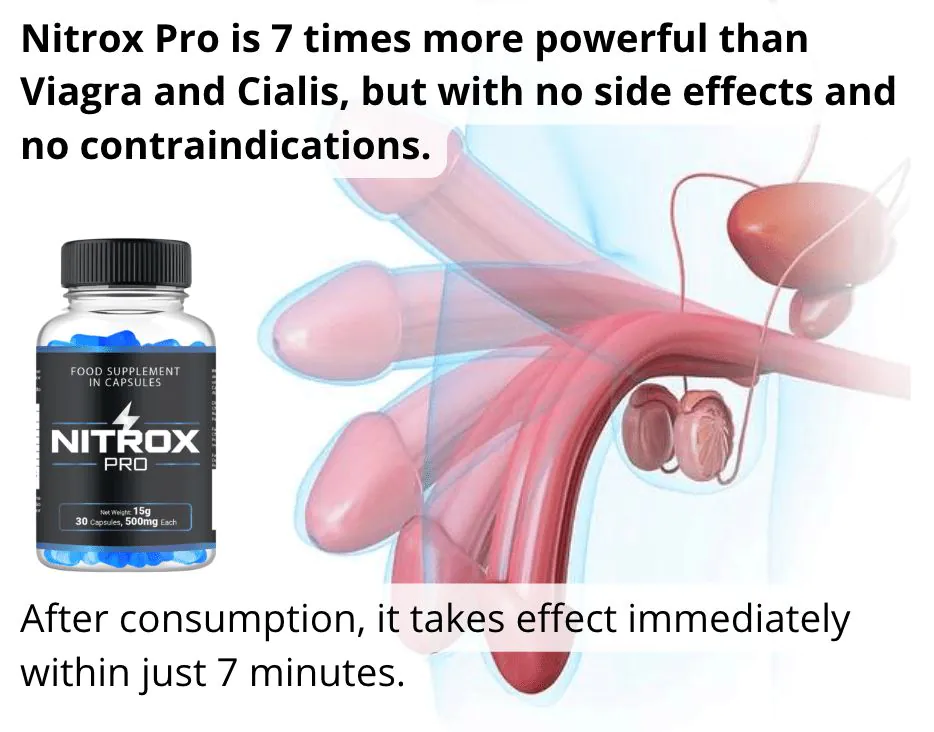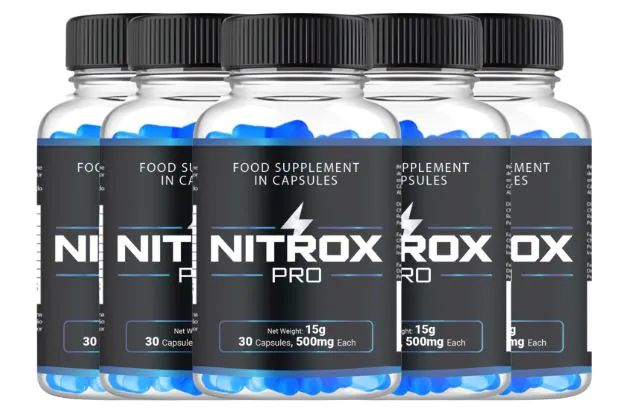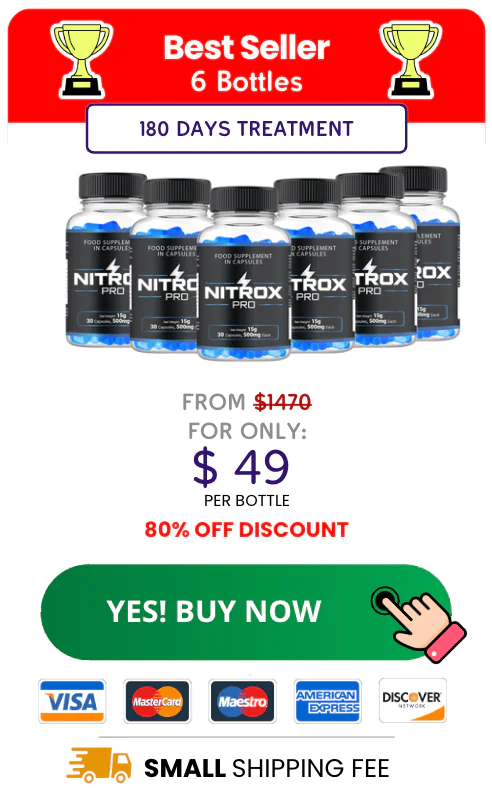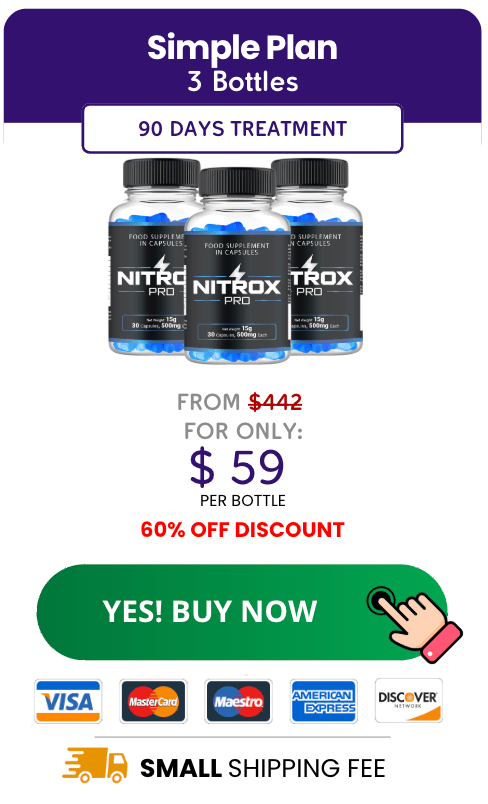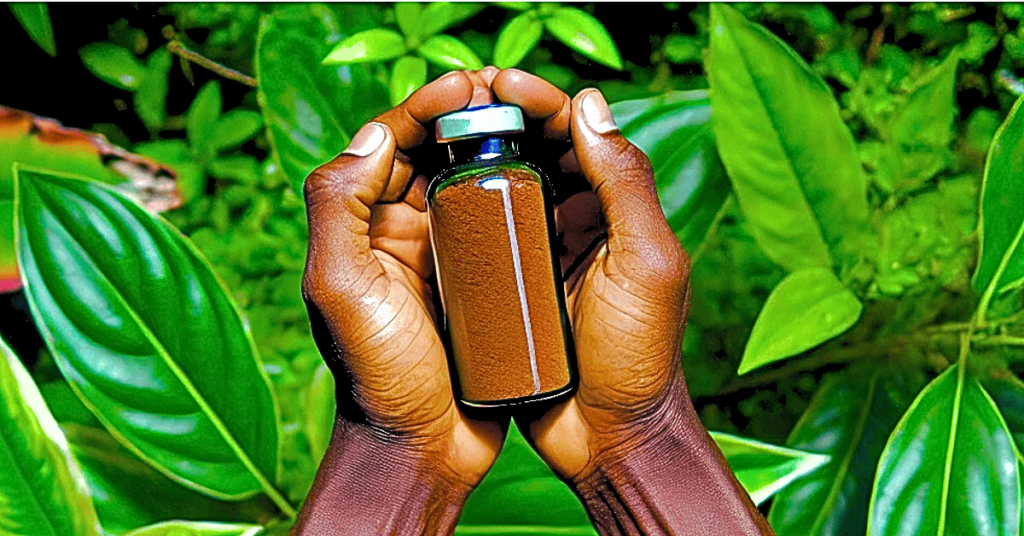The cost of homemade Tadalafil is typically lower than that of branded options; however, it may compromise on quality and safety. Key factors influencing pricing include ingredient sourcing, research costs, and market competition.
Are you curious about the cost of homemade Tadalafil versus branded options? Understanding these differences can help you make informed decisions regarding your health and finances. By exploring each option’s pricing, effectiveness, and potential risks, you’ll gain valuable insights. In this article, we will delve into homemade Tadalafil costs, compare them to branded alternatives, and explore the factors that influence pricing in this market.
Understanding Homemade Tadalafil Costs

Homemade Tadalafil can be a cost-effective alternative for individuals seeking erectile dysfunction treatment. The prices can vary based on factors like ingredients and sourcing. Understanding these costs is vital for making informed choices.
Ingredient Costs
To create homemade Tadalafil, you’ll need specific ingredients. Prices for the active component can fluctuate significantly based on suppliers. Doing your research helps find reasonable sources for these ingredients.
Preparation Expenses
Even if the ingredient costs are low, consider additional expenses such as labor and equipment. If you are making Tadalafil at home, factor in any tools or kits you’ll need to ensure safety and efficacy during the preparation process.
Dosage Considerations
When comparing costs, you should also think about dosage. Some may require higher doses, which could increase overall expenses. Branded options often provide a clear picture of cost per dose, making them easier to evaluate against homemade alternatives.
Ultimately, the total cost of homemade Tadalafil encompasses ingredients, preparation, and dosage. By understanding these factors, you can better assess its financial viability compared to established branded options.
Comparing Homemade and Branded Tadalafil
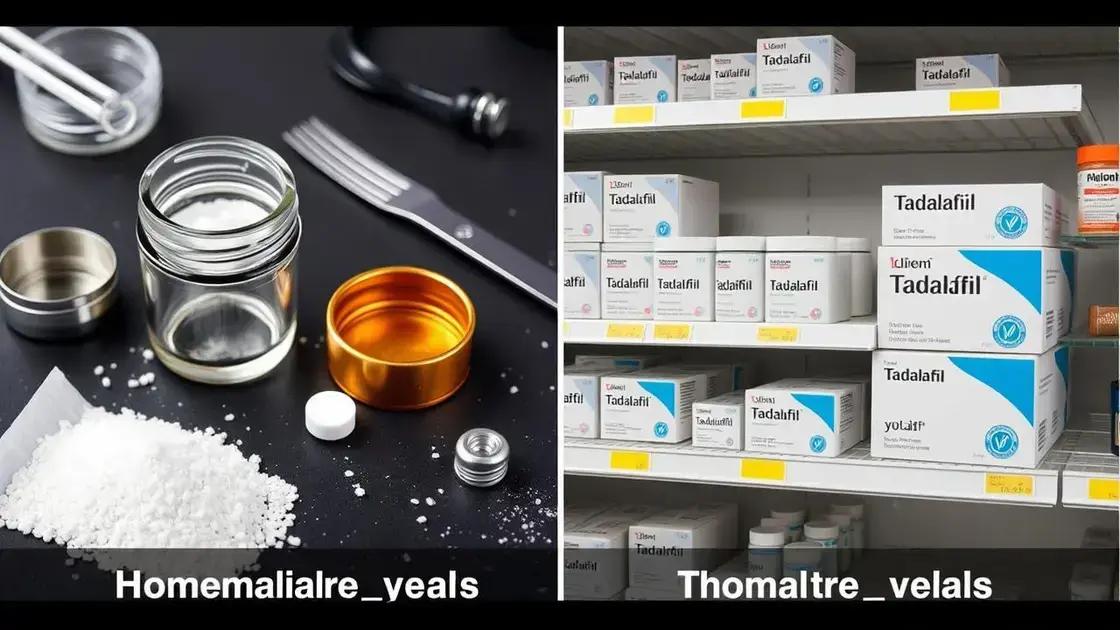
When considering Tadalafil options, comparing homemade and branded products is essential. Each option has distinct advantages and disadvantages, which can help users make better choices.
Effectiveness and Quality
Branded Tadalafil is well-researched and tested for quality and effectiveness. On the other hand, homemade Tadalafil lacks standardization, and potency can vary. Users should be cautious about the reliability of homemade preparations.
Cost Differences
Homemade Tadalafil is often cheaper than branded options. However, the savings might come with sacrifices in quality and safety. Branded products have pricing based on extensive marketing and research, which can contribute to their higher costs.
Accessibility and Availability
Branded Tadalafil is readily available at pharmacies with clear dosage instructions. In contrast, homemade alternatives might be harder to find and require some DIY knowledge. This difference can impact how quickly individuals can access treatment.
Overall, both homemade and branded Tadalafil have unique features. Weighing effectiveness, cost, and accessibility can assist users in deciding which option better fits their needs.
Factors Influencing Tadalafil Pricing

Several factors influence Tadalafil pricing, whether homemade or branded. Understanding these elements can help users evaluate their options more effectively.
Research and Development Costs
Branded Tadalafil often incurs high research and development costs. Pharmaceutical companies invest significantly in studies and patenting, impacting the final price of their products. In contrast, homemade versions do not have these costs, making them cheaper.
Ingredient Sourcing
The cost of ingredients plays a vital role in pricing. Branded Tadalafil sources high-quality compounds for safety and effectiveness, which may be more expensive. Homemade versions might use readily available ingredients, potentially lowering costs but possibly compromising quality.
Market Competition
Competition in the market can influence pricing across the board. When many brands offer Tadalafil, prices may drop due to competitive pressure. However, a lack of brands in the market can lead to higher prices for both branded and homemade options.
Other factors such as regulatory requirements and local taxes also affect pricing. Being aware of these elements can help consumers make informed choices regarding the best Tadalafil option for their needs.
In summary, evaluating Tadalafil options
When considering Tadalafil, it’s essential to evaluate the differences between homemade and branded options. Each has its unique pros and cons, from effectiveness and cost to accessibility and quality.
Understanding the factors influencing pricing, including research costs, ingredient sourcing, and market competition, can guide consumers towards making informed decisions. Ultimately, whether opting for homemade or branded Tadalafil, prioritizing safety and effectiveness is key to achieving the best health outcomes.
By weighing all these factors, individuals can choose the Tadalafil solution that best fits their needs and budget.
FAQ – Frequently Asked Questions about Tadalafil Options
What is Tadalafil and how does it work?
Tadalafil is a medication used to treat erectile dysfunction and works by increasing blood flow to the penis during sexual stimulation.
What are the costs of homemade Tadalafil compared to branded options?
Homemade Tadalafil is generally cheaper than branded options, but there are trade-offs in terms of quality and effectiveness.
Is homemade Tadalafil safe to use?
Homemade Tadalafil lacks the rigorous testing and quality control associated with branded medications, which can raise safety concerns.
What factors influence the pricing of Tadalafil?
Factors include research and development costs, ingredient sourcing, market competition, and regulatory requirements.
How can I determine the best Tadalafil option for me?
Consider the effectiveness, safety, cost, and accessibility of both homemade and branded Tadalafil before making a decision.
Are there any risks associated with homemade Tadalafil?
Yes, risks include inconsistent dosage, potential contamination, and lack of regulatory oversight, which can lead to health complications.

